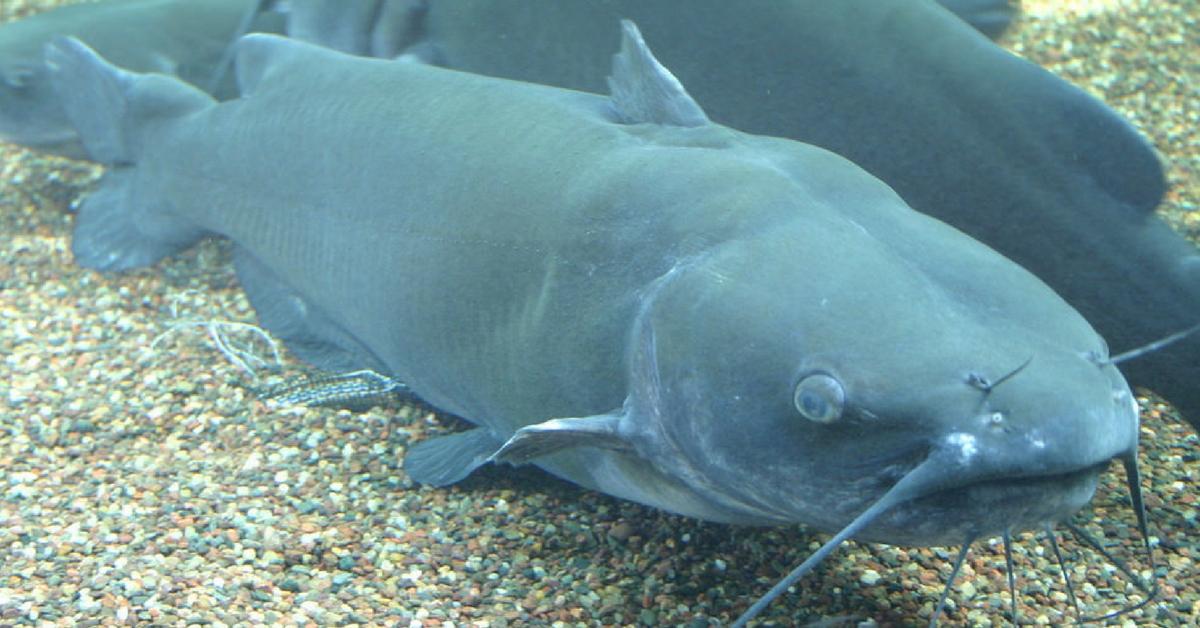Catfish Fishing 101: Top Tips For Catching Catfish
This post was guest written by Chatt Cats Fishing. Check him out for more catfish fishing tips on his YouTube Channel here.
Catfish are considered one of the water's top predator fish. They prey on the food sources around them and generally seek and thrive for a good meal, which is why they can get HUGE in size and catfish fishing can be such a thrill. The fight of a catfish is not like your feisty bass nor like your aggressive panfish. When you first hook into a catfish, you might think you're snagged, but when your line starts to move and the drag starts to scream, you know you're hooked up with a river monster.
There are three main types of catfish: the channel catfish, the blue catfish, and the flathead catfish. The channel catfish is probably the most popular type of catfish that many anglers catch. They fight hard, and make a good fish fry. They don't get as big as the blue or flathead catfish. However, one can argue they are pound-for-pound the hardest fighting catfish of the three.
The blue catfish is the "big momma." These brute fish can exceed 100 lbs, and it's a thrill to catch a giant blue when you're catfish fishing. The flathead catfish is your top river predator. They are one of the most territorial fish in a lake/river and will not pass up a meal when it enters its domain. Whether it's cut bait or live bait...it will take it!
Where To Find Catfish:
Catfish can be caught pretty much anywhere in a lake or river. Obviously, the time of the year plays a role in where catfish will most likely be. Catfish love cover! They tend to move towards areas that hold some sort of structure. Structure can be a bridge, dock, downed tree, rocky bottom, etc.
Catfish will also be hanging around dams, channel ledges, flats, holes, riprap, tributary/creek mouths, and outside river bends. Catfish are migratory. They all cruise up and down the rivers, but especially the blue catfish. Flatheads tend to be more lethargic and establish a territory as their own.
Furthermore, catfish love a good current in a lake/river. After a decent rain or flood, the catfish tend to get more active as food sources become more available. Your chances of catching a catfish in these conditions are golden!
Catfish Fishing Baits To Use:
Catfish are opportunists. Whether you use minnows, shad, bream or sunfish, catfish will eat the food that is natural to that lake, river, or pond. Channel catfish, however, will eat the stinkiest kind of bait. Chicken livers and stink baits seem to do very well when catching channel catfish. Blue catfish love cut bait while the flatheads are notorious for eating live bait.
Rigs To Use:
Rigs vary depending on the method of catfish fishing. The Carolina Rig is a popular rig among many catfish anglers. One can use this rig when fishing from a boat or from the bank. The Santee Rig is another common rig for catching catfish. A peg float is attached to your line to keep the bait right off the bottom. This too can also be used when fishing from a boat or from the bank.
Catfish Fishing Tackle:
Tackle will vary depending on the size of catfish you are targeting. A medium action rod/reel combo spooled with 15-20 lb line is a good place to start when catching catfish. The more advanced catfisherman may go heavier with rods and fishing line, especially if they are targeting trophy catfish.
Updated December 16th, 2021 at 6:33 AM CT


